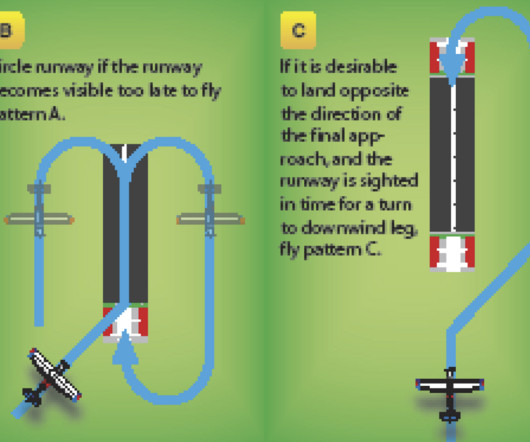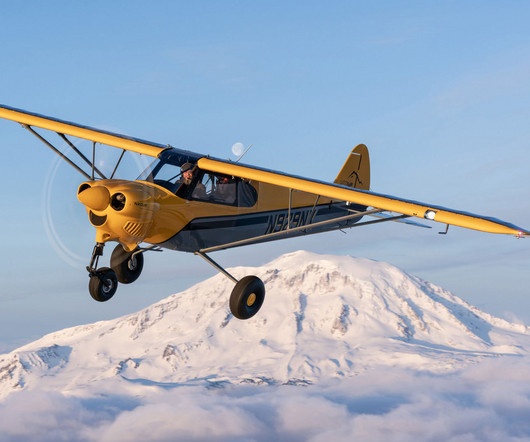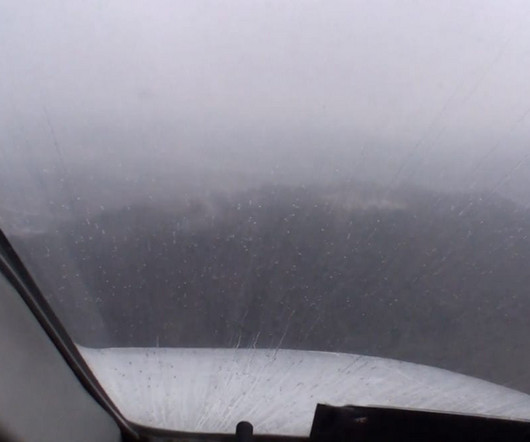Going Below Minimums
AV Web
MAY 6, 2025
Most approaches, even non-GPS approaches, have a waypoint placed exactly at the threshold of the runway. In addition to required visibility, the runway environment must be distinctly visible and identifiable. I think I have the runway lights in sight, is not good enough. And what exactly is the runway environment anyway?
















Let's personalize your content